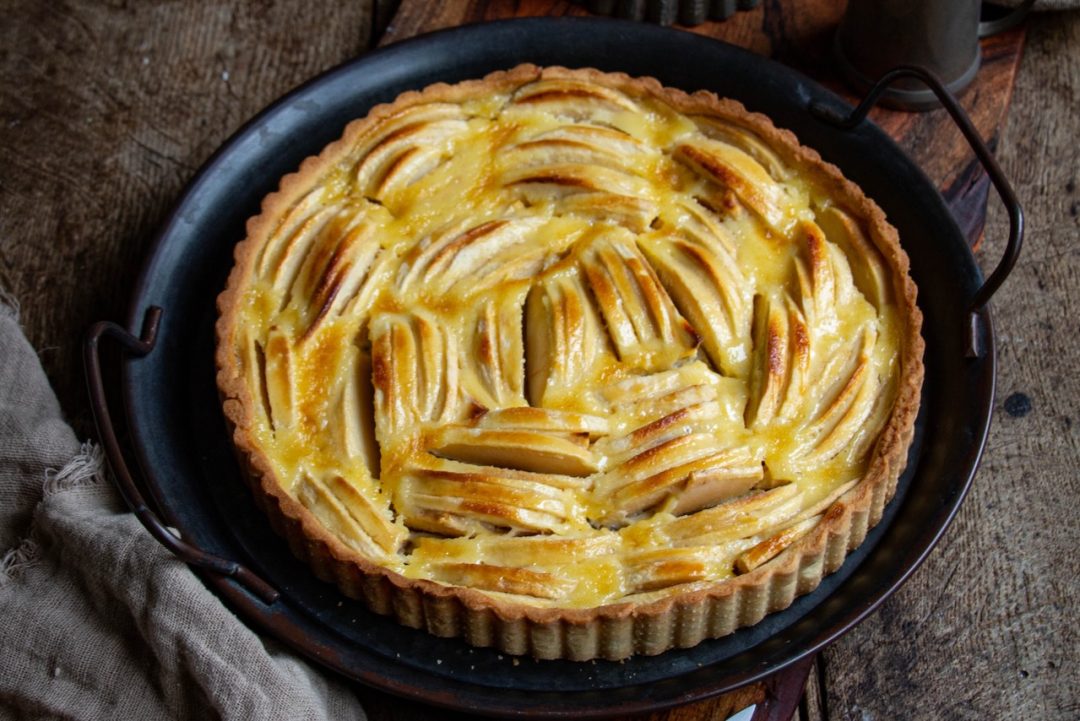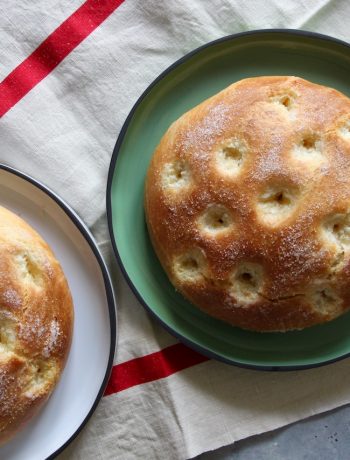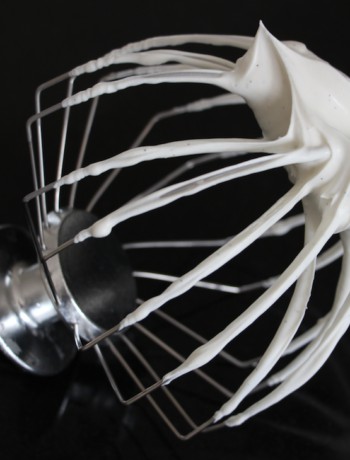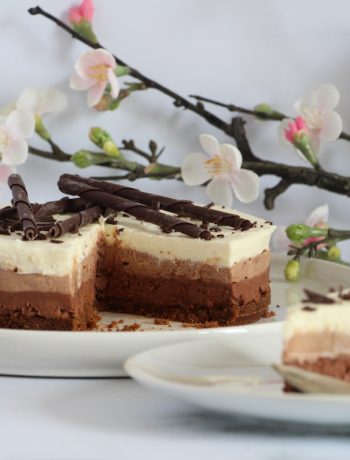Alsatian or Norman, or why not from Blois (where I live now), the apple tart I’m going to show you today can be found in various corners of France. With a few variations, it’s true, but always with a delicious result!
Find the full recipe on my new english website here : Alsatian Apple Tart





No Comments